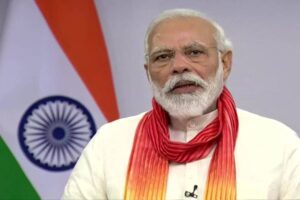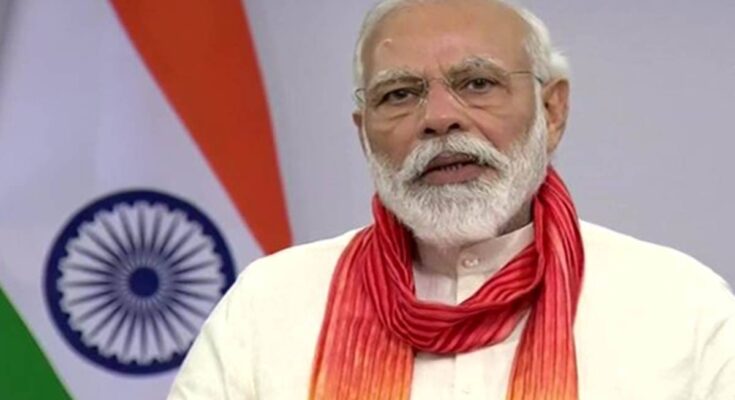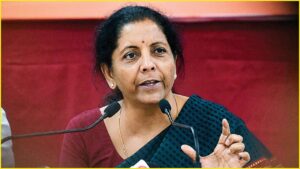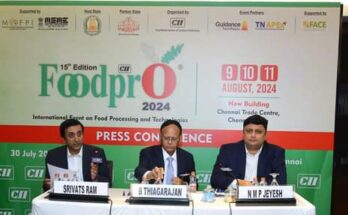Differential Interest Rates: Ensuring A Level-Playing Field For Corporates
Differential Interest Rates: Ensuring A Level-Playing Field For Corporates
The Narendra Modi government has shown remarkable agility in times as challenging as the Covid-19 pandemic, by extending a helping hand to the common man on the one hand, and creating an enabling environment for businesses and corporates, on the other.
The Modi government’s commitment to overall inclusive growth was never in question. Look at the landmark decisions like universal financial inclusion and the slashing of corporate tax rates. The twin moves show that the government firmly believes in “sabka saath, sabka vikas”.
In the immediate context of Covid-19, the government has responded well, and given a call for “Aatmanirbhar Bharat”, ensured food security for the poorest, and announced a much-needed fiscal stimulus package.
The RBI, too, did its bit, for instance, by announcing a moratorium on bank loans for all, including the corporates – a decision widely hailed by all.
Prime Minister Narendra Modi, as also Finance Minister Nirmala Sitharaman, have repeatedly said that the wealth creators must be respected. This is a welcome sentiment and this should result in a level-playing field for the corporates as they rebuild a pandemic-ravaged India and help realize the $ 5 trillion GDP vision.
There are some areas of concern that need the government’s urgent attention and the RBI’s intervention.
While the government has been encouraging banks to lend to corporates, at times banks face some unlikely roadblocks and such issues warrant immediate redressal.
Banks now follow differential interest rates to corporates, based on their credit ratings. In principle, this may appear to be logical, but in practice, the difference between interest rates for a highly-rated corporate and a moderately-rated corporate may be as huge as 5-6 per cent. Considering that we are looking at figures ranging in 100s and 1000s of crores of loans, the difference in interest rates could, thus, be enormous. Also, competitive ness will be a casualty in view of such wide differentials, as interest costs are also to be considered at par with the cost of raw materials.
Gap in interests costs should be bridged, and is another way of bringing down the interest costs of customers with moderate / low Investment grade rating.
While credit rating is important, we also know the oft-repeated tales of Enron and IL&FS that were rated very very highly but went bust, throwing up a range of challenges.
Hypothetically speaking, a corporate would be rated moderately (and not highly) because of its perceived poor financial health. A high rate of interest would then only hasten its downslide! Surely the banking ecosystem, the RBI and the government don’t want that! In any case, collaterals and other securities are secured while disbursing loans, so the banks could surely be more considerate.
The banks, perhaps, could take a cue or two from retail loans while devising a structure for corporates.
After the RBI directed banks to link retail loans to an external benchmark, some public sector banks have begun offering diff erential interest rates, guided by the consumers’ CIBIL scores. The interest rate differentiation goes up to 2 per cent in select categories, while it usually varies between 0.5 and 1 per cent.
As another example, in case of higher-rated and lower-rated investment grade international US$ Bonds, interest mark up differential between such rated companies is generally only 0.5 per cent or 1per cent.
Why shouldn’t then corporate loans’ interest rate differentiation should be, say, up to 1 per cent, and not the unreasonable 5-6 per cent?
Like a concerned and valued regulator, the RBI should address this anomaly and prevent corporates sliding into the red. It will create healthy competition and help the industry move faster towards Aatamnirbhar Bharat.
A government nudge would be timely here. Businesses and industry, on their part, will ensure that India recovers from the pandemic real quick, more employment opportunities are created, and India gets back its “fastest-growing large economy tag soon





